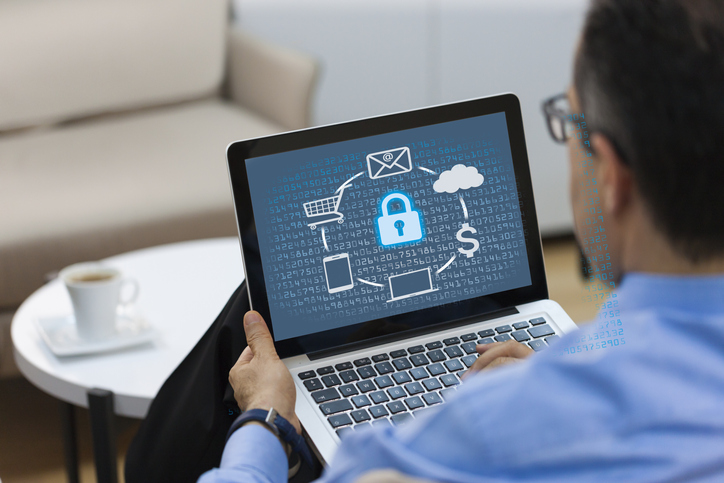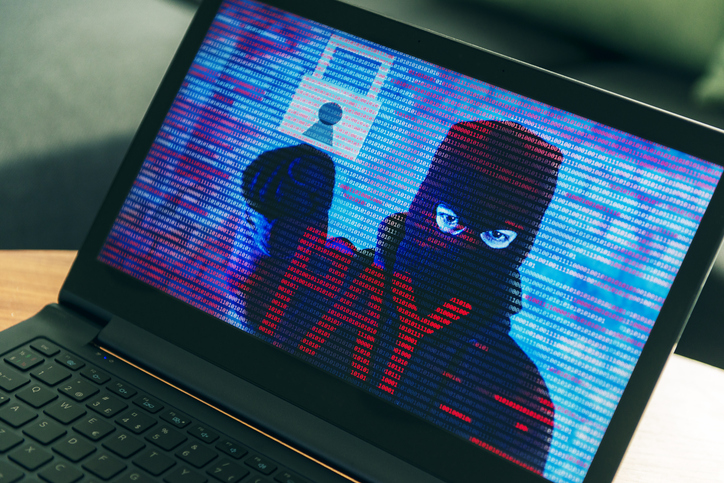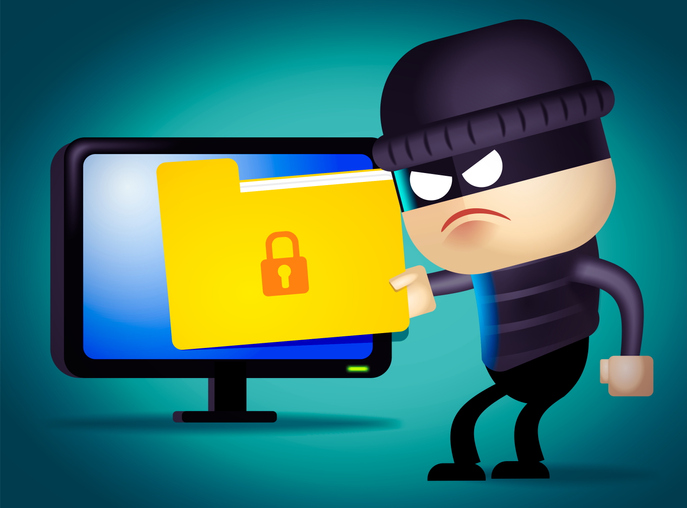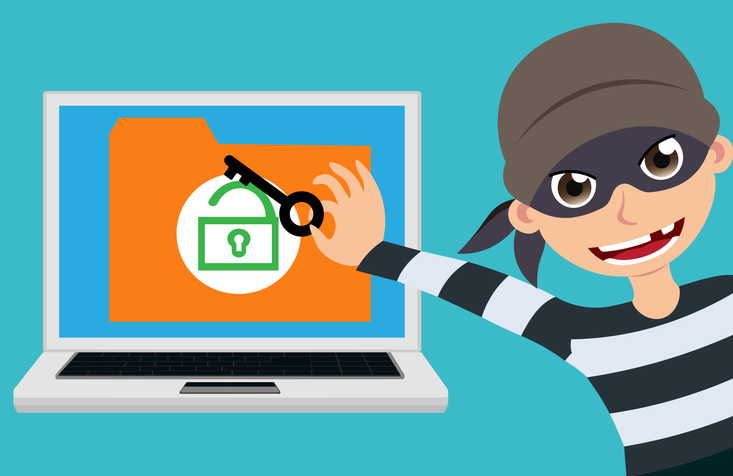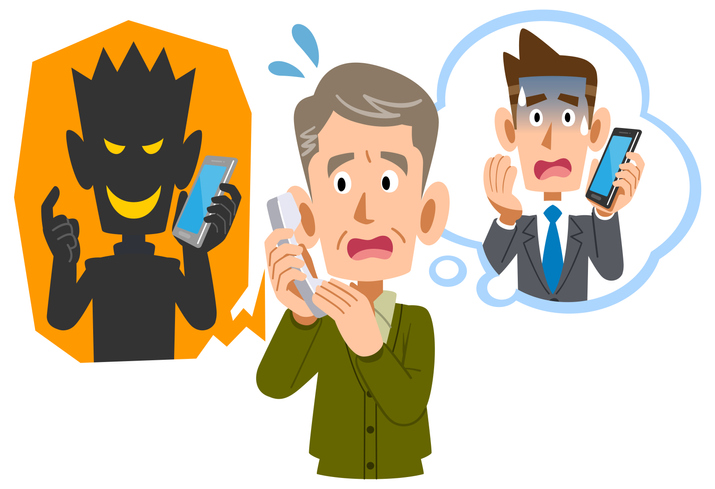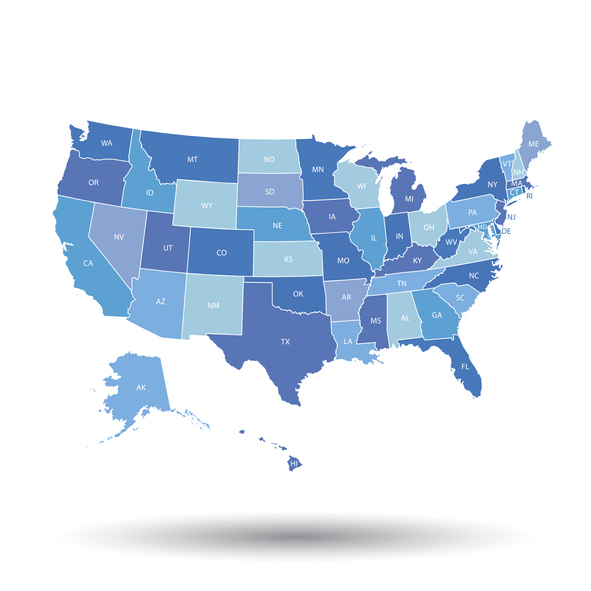
When a company functions at a high level, productivity and profitability appear seamless. But it’s also incumbent on decision-makers to understand the potential ramifications for business disruption. Without a working knowledge of how a breakdown in one area of an operation impacts the other moving parts, viable solutions remain out of reach. Determined industry leaders take proactive measures to conduct a business impact analysis (BIA), so they are prepared for adversity.
Importance of a BIA
One of the primary reasons that some organizations fail to conduct the initial and subsequent BIAs is that it seems abstract. It’s common for CEOs and other decision-makers to have earned their position through experience and expertise. That offers a sense of confidence they can captain the ship during a crisis. A decade or two ago, that may have been sound thinking. However, today’s technology-driven companies are far removed from nuts and bolts fixes.
Data loss, hackers, malware infiltration, or just lost connectivity between departments can down an outfit’s productivity. Such realities create a burden to have multi-level solutions available that often are outside a CEOs area of expertise. Business leaders are wise to tap department heads to review likely and even unlikely vulnerabilities and develop a contingency plan for as many critical interruptions as imaginable. Consider this pair of foundation ideas in terms of your operation.
- Idea 1: Your company functions like a living organism with each system relying on the others for its health and vitality.
- Idea 2: Certain parts of the whole are more crucial to survival and long-term success. These areas require heightened resources.
With this anatomy analogy in mind, consider your operation with the perspective that specific departments and systems are vital. If the heart, brain, or lungs of your operation shut down, so does the entire company. Stubbing your toe, on the other hand, may only slow things. The point is that certain aspects of any business are critical, while others are support.
Once department heads are tapped to conduct a BIA due diligence and submit a report, leadership is tasked with understanding how all the moving parts work. With this in mind, first-run BIAs generally require interdepartmental meetings or communication to ensure key stakeholders are on the same page.
Motivation for Conducting BIA Due Diligence
Having the support and blessing of the leadership team remains critical to a thorough BIA. When such stakeholders view this as just an additional duty impeding their daily, profit-driving work, potential challenges are unlikely to get the due diligence necessary for improved success when a crisis occurs. Before moving forward, direct communication and articulation of why thoroughness is a priority must be established. Clarifying the following benefits of a BIA early in the process may improve team motivation.
- BIA delivers management with vital data to make real-time decisions to ensure business continuity
- BIA delivers insight about interdepartmental reliance
- BIA provides a playbook for employee roles in critical situations
- Identifies company-wide priorities for sustaining operations during crisis
- Provides a tangible road map to restore full operations
At the end of the day, the BIA removes the fear of the unknown and puts guidance in its place. That offers otherwise panicking employees the confidence their jobs are secure and empowers them to work through adversity.
Working through the Tedious BIA Process
Getting leadership and rank-and-file employees on board to undertake a BIA is not a difficult sell. The bottom line for everyday workers is that it provides a rare level of job security. Infusing that positive attitude will likely go a long way toward working through the sometimes tedious information collection process. For each department or aspect of the company, data collection is necessary.
- Lead function of a process or department
- Detailed analysis of department function and processes
- Disruption analysis and timetable regarding increased impact
- Identify interdepartmental disruption
- Analysis of the financial, legal and regulatory impact of disruption
With a detailed report, departmental leaders garner an enhanced understanding of impacts across the organization. Each department head can identify likely and unlikely disruptions and craft realistic solutions or ways to bridge crisis. This information can be compiled and shared with the goal of building a final report.
Value of a Comprehensive BIA Report
The final report moves beyond the data collection and single department solutions. The concept is to deliver a company-wide plan of action. It generally proves beneficial to make a hardcopy or online report that articulates reasoning, goals, strategies and empowers employees during duress. These are headings often found in a comprehensive BIA report.
- Executive Summary
- Analytic Methods Used
- Potential Department or Function Disruption
- Impact of Disruption
- Protocols to Mitigate Disruption
- Guidance for Organization Restoration
CEOs and other decision-makers generally enjoy enhanced confidence in their leadership abilities following a comprehensive BIA. It’s also imperative to set a schedule for BIA updates and create a policy that requires emerging technologies, business developments, and other evolutions to be included in the report. In many ways, a BIA gives everyone in your organization security.



